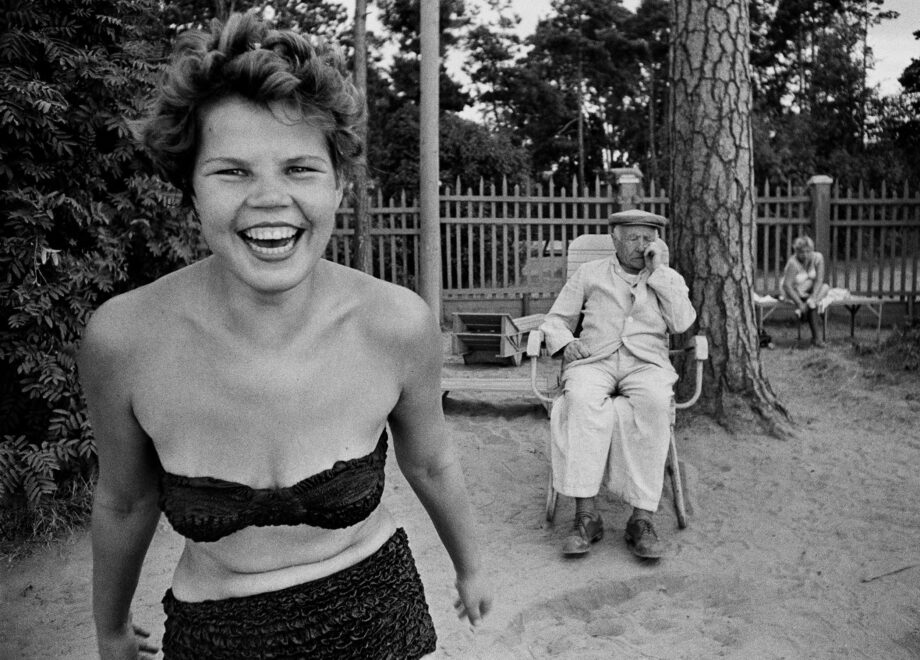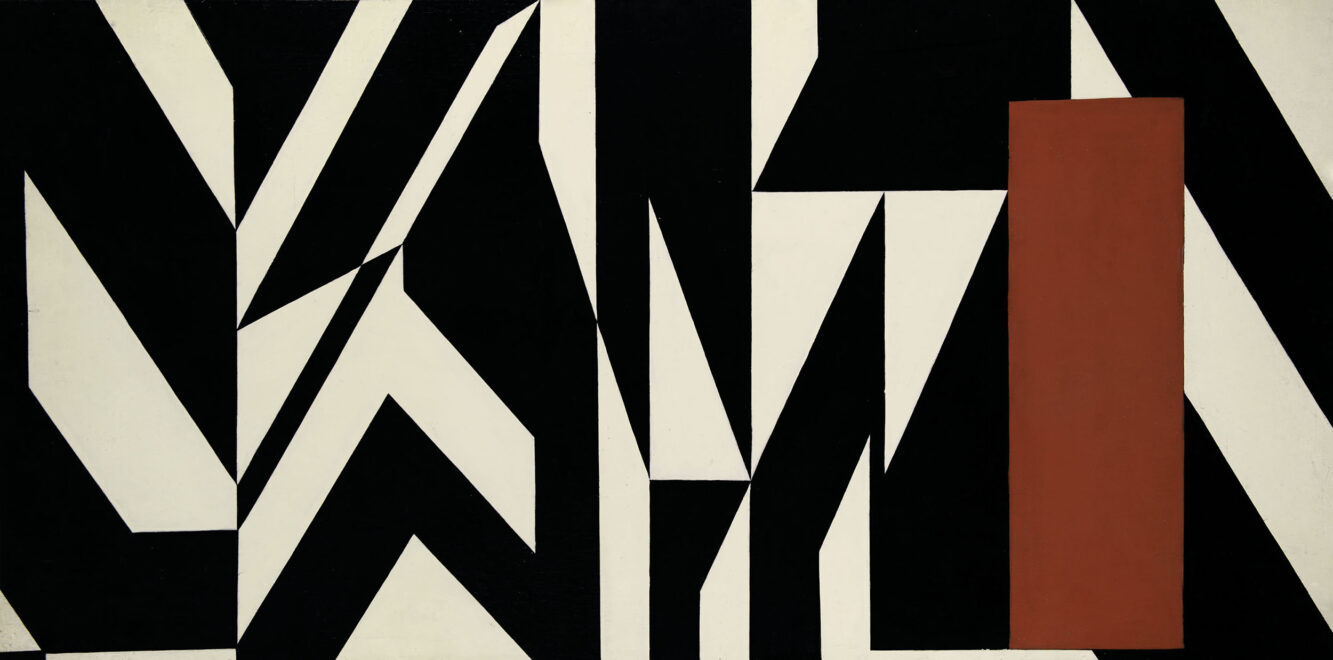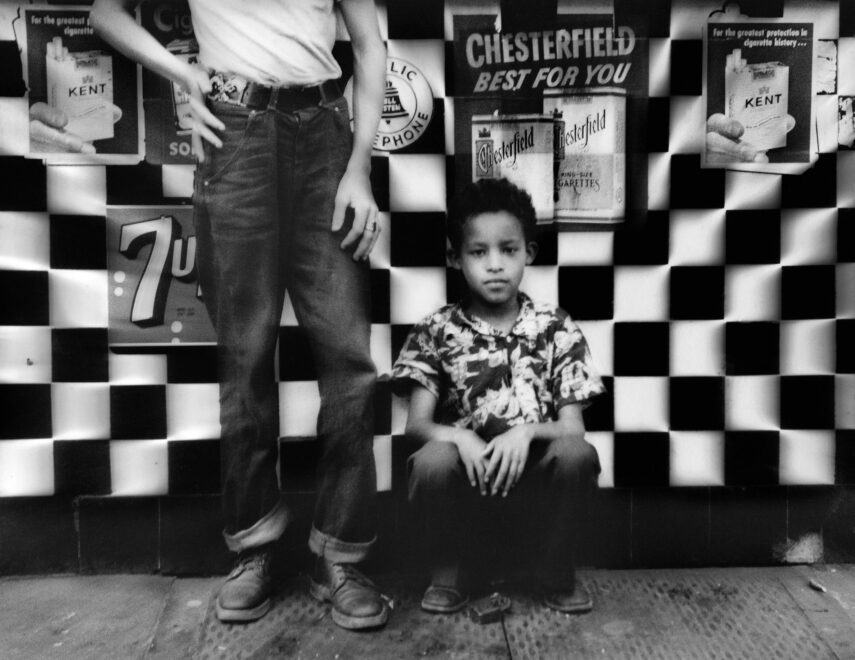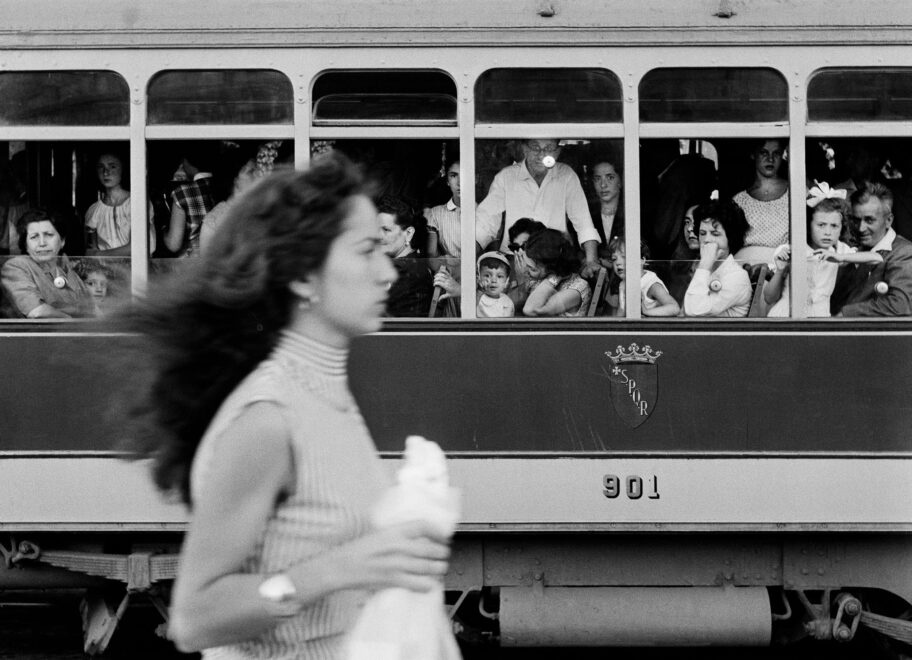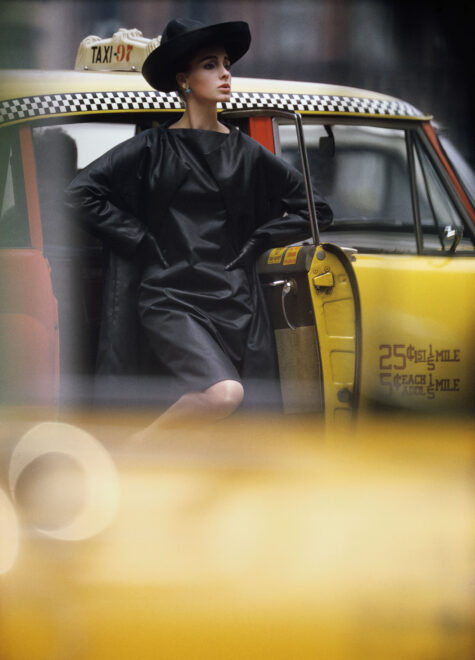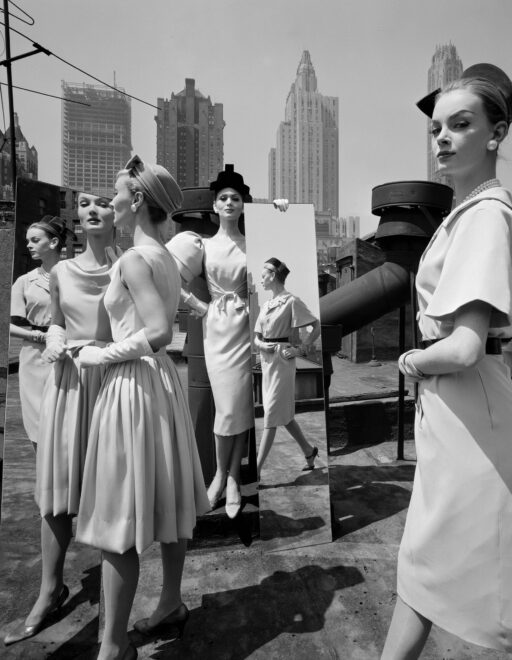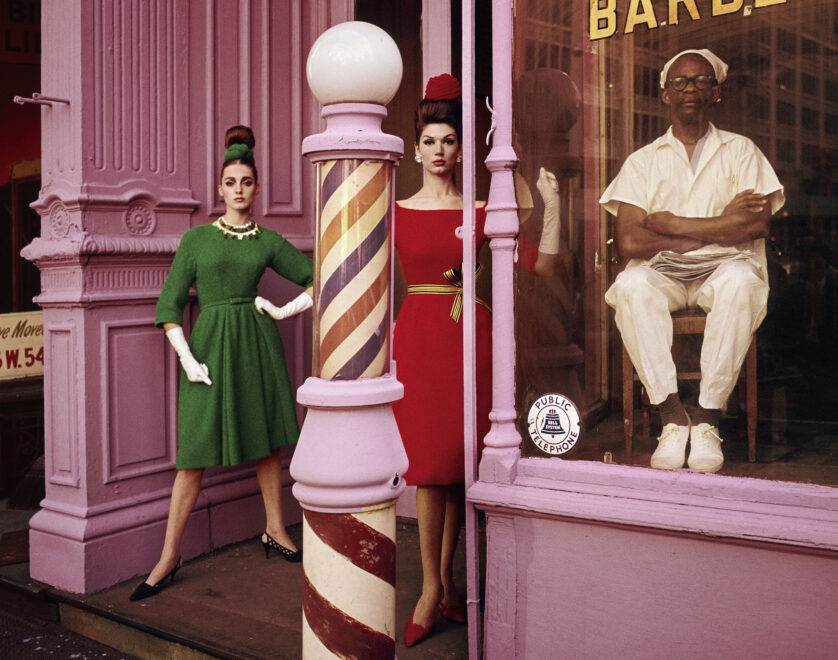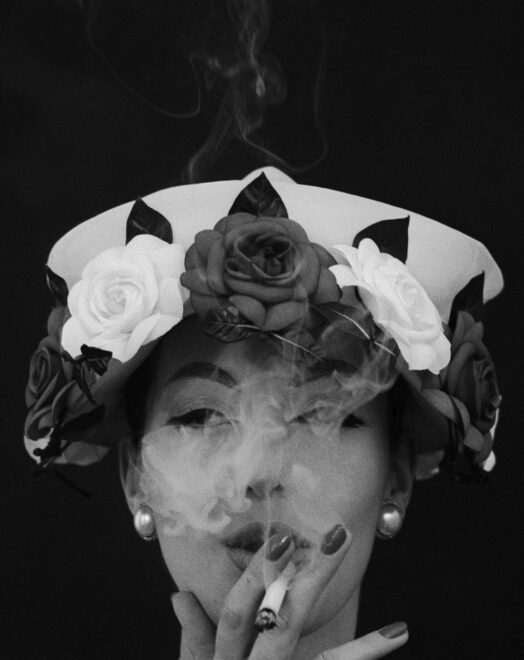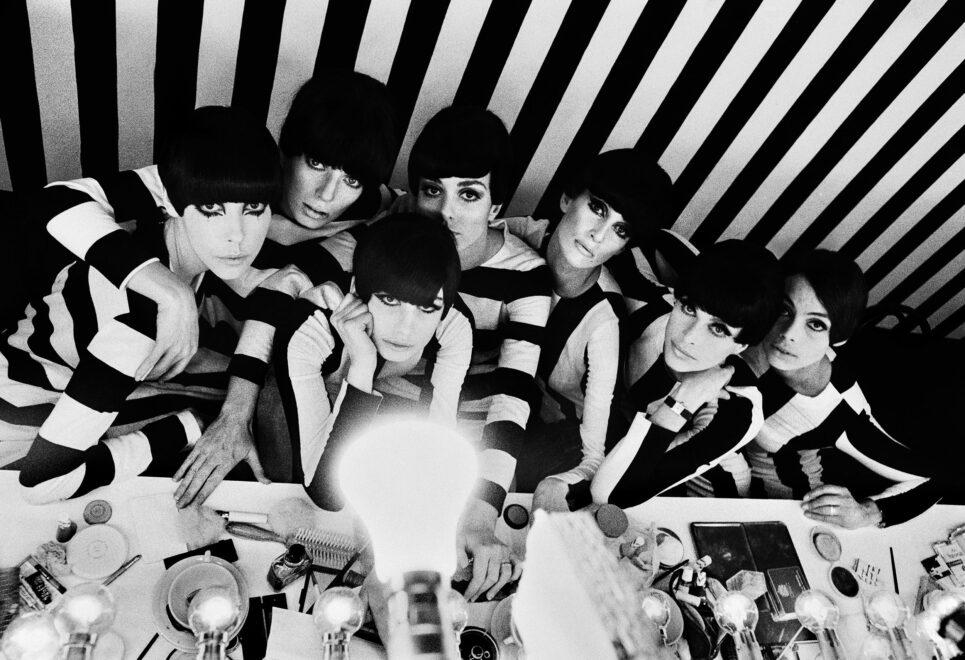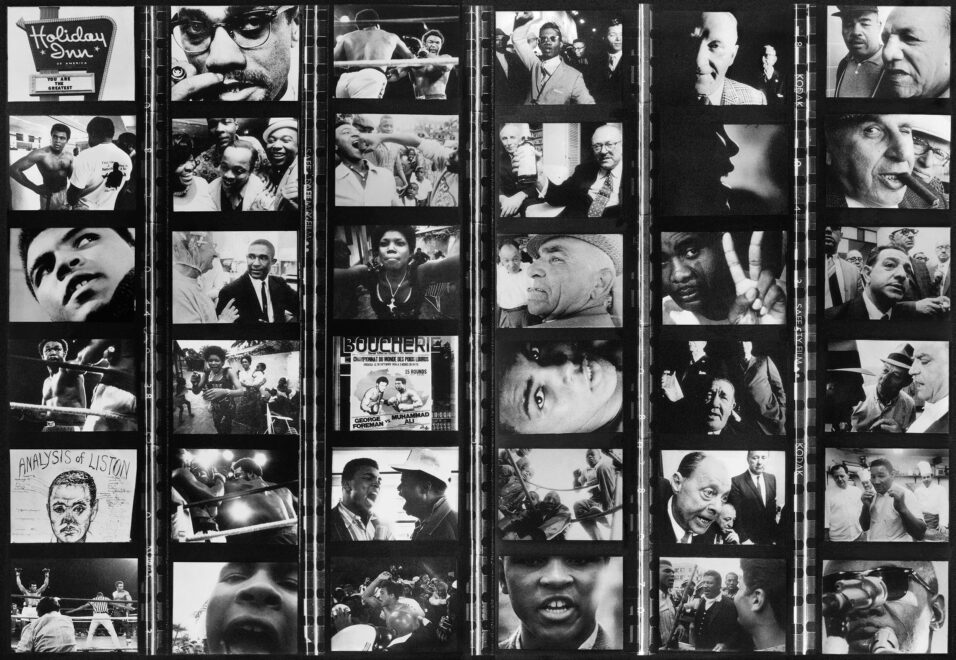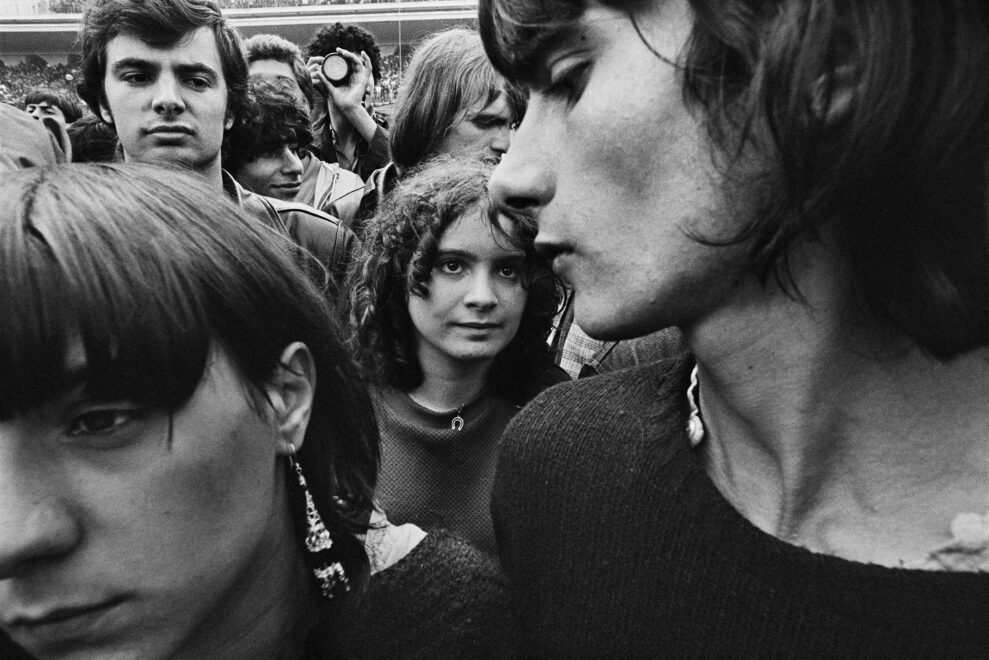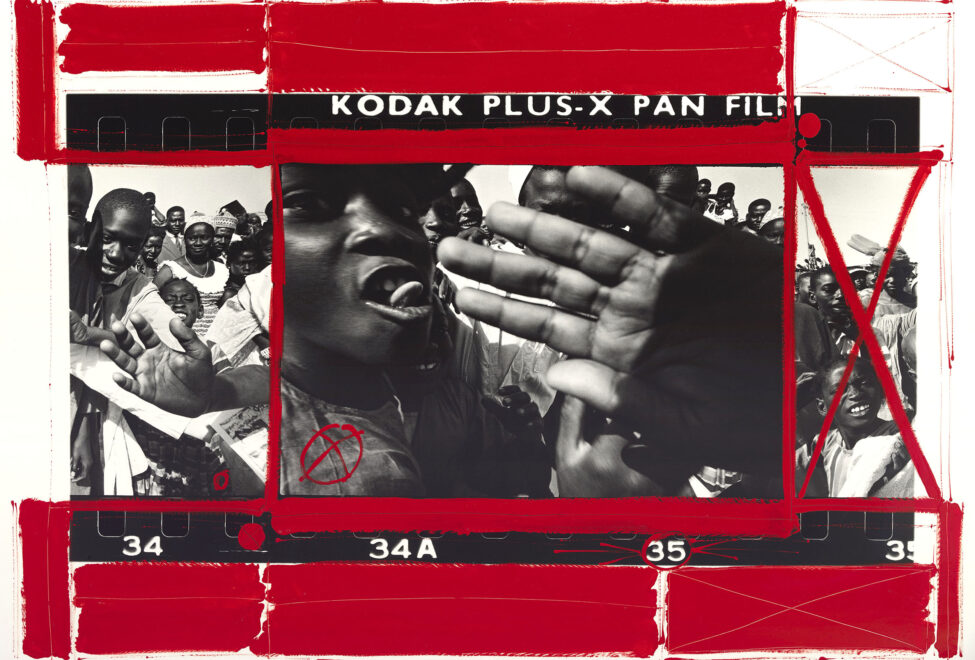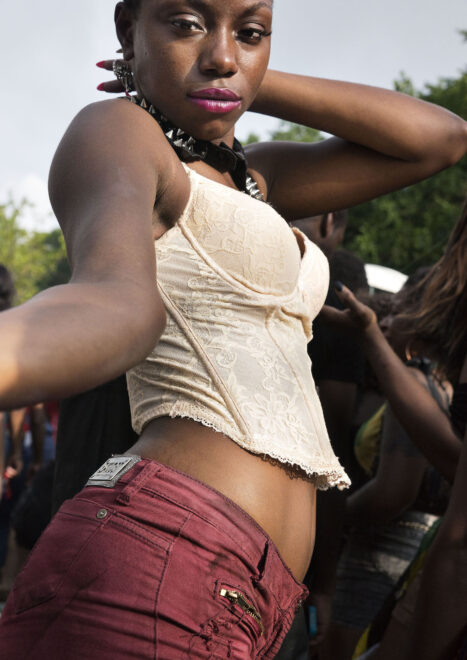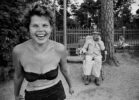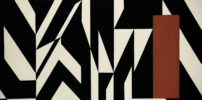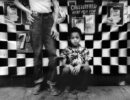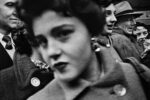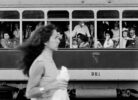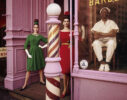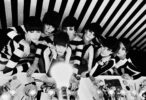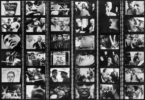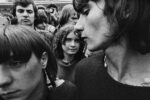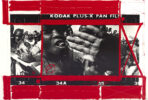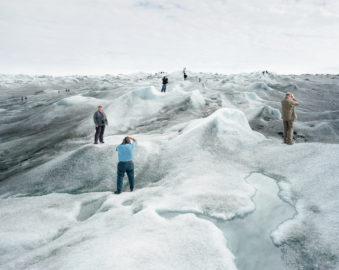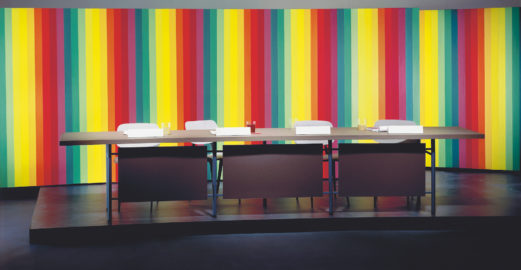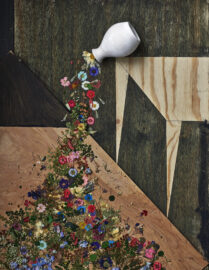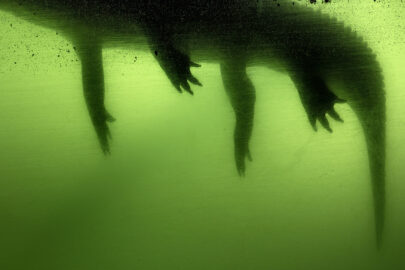William Klein (1926-2022), was one of most significant image makers of the 20th century, with a vast body of work incorporating fashion, street photography, books, films and abstract work.
With a focus on key moments and themes in Klein’s long creative career, this exhibition and accompanying publication highlight its defining characteristic: performance.
There is a theatricality to all Klein’s images and it stemmed from his philosophy of life. Firstly, Klein understood human identity and character as always being performed, always dramatic. Existence is unavoidably theatrical. We act it out – for ourselves, for each other, and for cameras.
Secondly, Klein was not a believer in objectivity, nor in the idea that a photographer or filmmaker should be invisible. He was upfront and actively present to his subjects, be they strangers he met and photographed on the street, fashion models with whom he collaborated, or the actors in his self-conscious and highly reflexive documentary and feature films. William Klein – All the World’s a Stage is a close and illuminating look at this most performative of artists.
Key Moments and Themes:
The Look to Camera:
Klein interacted with his subjects, talking with them, getting to know them. Whether on the street or in the studio, his photographs nearly always emerged from these exchanges. We feel Klein’s presence behind his camera, especially when his subjects are looking straight into its lens.
Working with Performers:
Klein had a natural affinity with performers of all kinds. Fashion models at Vogue, avant garde dancers, sports personalities, singers, musicians, actors. He collaborated with them in many ways, always alert to their spontaneous gestures and unexpected reactions.
Groups:
Klein’s fascination with performance is at its most complex in his legendary group portraits, usually made spontaneously on the street. Here we can feel how people intersect with each other, with the world around them, and with Klein behind the camera. These portraits, with their multiple vectors, pull the frame in different directions, full of the energy of life.
Performing the Image:
Klein understood the image itself as a kind of non-objective performance. We see this in the gestural marks of his abstract darkroom work, so reminiscent of the painterly gestures of Abstract Expressionist painting. We see it in the way he approached using his camera – handheld and visceral in a chaotic world – and in the gestural ways he printed his negatives, exploring grain, motion, and fragmentation. In his landmark photobooks, Klein pushed all this to its limits, exploring energetic page layouts, dynamic sequences and surprising graphic possibilities.

